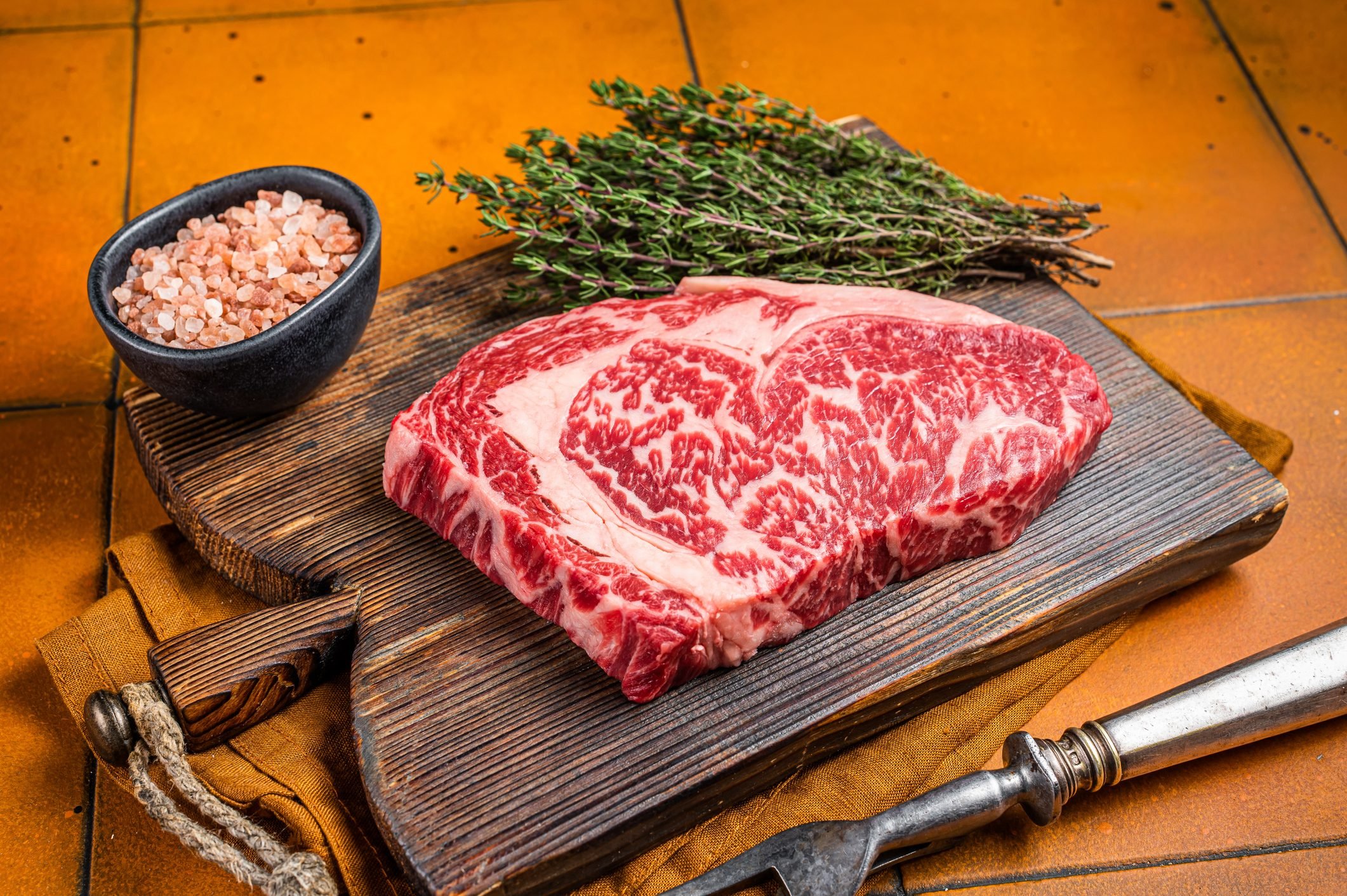
Difference Between Steak Doneness: A Comprehensive Guide

In this piece
Understanding Steak Doneness
<h4>Blue</h4>
<h4>Rare</h4>
<h4>Medium Rare</h4>
<h4>Medium</h4>
<h4>Medium Well</h4>
<h4>Well Done</h4>
How Steakhouses Achieve Perfect Doneness
<h4>Quality Cuts and Preparation</h4>
<h4>Monitoring Internal Temperature</h4>
<h4>Searing and Resting</h4>
<h4>Sous Vide and Other Techniques</h4>
<h4>Choosing the Right Steak for You</h4>
A Taste of Local Flavours at Elements Brasserie
Frequently Asked Questions
<h4>1. Does steak taste better either rare, medium, or well done?</h4>
<h4>2. Which steak doneness is best?</h4>
<h4>3. Is a steak better medium rare or well done?</h4>
4. What are the different levels of doneness in steak?
When you visit a steakhouse, choosing how you’d like your steak cooked can be just as important as selecting the cut itself. Each level of doneness offers a unique balance of flavour, texture, and juiciness. Below, we’ll walk you through the five primary categories of steak doneness, so you know exactly what to expect when you place your order.
Understanding Steak Doneness
- Internal Temperature: Approximately 28–30°C (82-86°F)
- What to Expect: A cool, deep red center that is nearly raw. Blue steaks are extremely soft, very juicy, and have a melt-in-the-mouth texture. If you enjoy an ultra-rare steak with a lightly seared exterior and a raw, tender core, this is for you.








